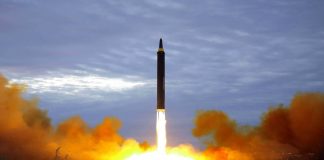Latin American countries remain trapped in a low-growth environment, hindered by economic volatility, high inequality and ineffective governance. As a result, many governments in the region are turning to foreign direct investment to spur growth. However, FDI fell by 9.9 percent last year to $184.3 billion. While mergers and acquisitions increased by 15 percent, their total value decreased by 13 percent.
FDI is concentrated in a few countries. Brazil attracted 35 percent of the region’s FDI last year, followed by Mexico with 16 percent. Argentina, boosted by the new government of President Javier Milei, came in third with 13 percent, while Chile and Colombia secured 12 percent and 9 percent, respectively. The U.S. remains the largest investor in the region, with the European Union driving mergers and acquisitions. The EU showed the largest increase in FDI from 2022 to 2023, followed by Canada. China remains active but has diminished its investment role compared to a decade ago.




 Special Collection – The Middle East
Special Collection – The Middle East